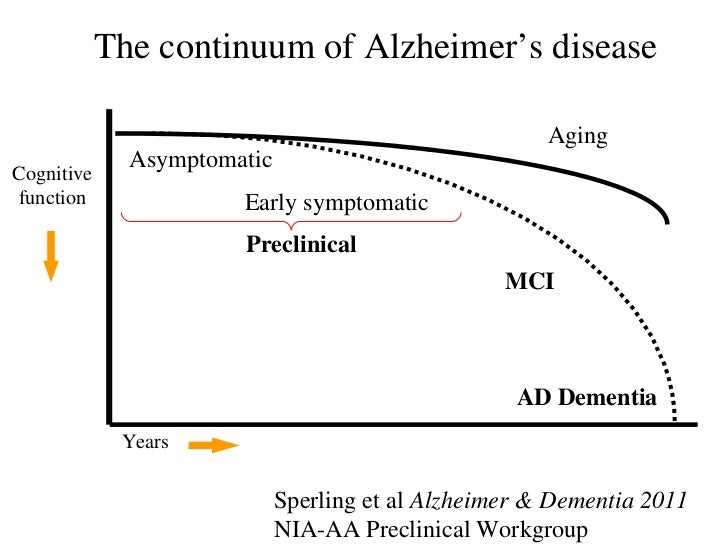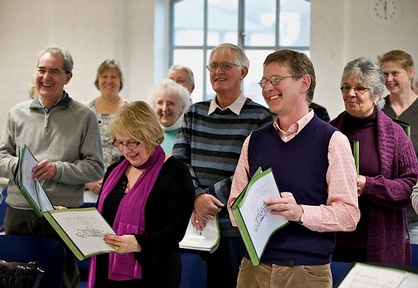I have chosen to complete my analysis on the TED Talk entitled "
Alzheimer's is Not Normal Aging - and We Can Cure It." This talk was given by
Samuel Cohen, a research scientist at the University of Cambridge. You can watch the video of the TED talk by clicking
here.
 |
Image of Samuel Cohen During TED Talk
Found at: https://www.youtube.com/watch?v=ETlgPWULBAc |
Samuel Cohen, speaker of this TED talk, works as a research scientist at the University of Cambridge with a team of other scientist studying degenerative diseases affecting the nervous system and the brain. He gave this talk at the TED conference in London in June of 2015. In this talk, he explains the history of Alzheimer's Disease, how much progress the world has made on finding a cure, and some of the research that he has done. However, his main goal was to hit home the fact that Alzheimer's is a disease, not normal aging, and that funding and research for this disease is not sufficient to help find a cure.
I will first analysis the delivery of Cohen's talk. The organization of his evidence was done well. His information flowed in logical order going from giving background on what Alzheimer's Disease is and how it was discovered, how the world has been working toward researching and finding cures for the disease, and what information him and his team found.
The visual aid Cohen displayed throughout his speech had a positive affect on his overall talk. The visuals he used helped to drive home his points, especially when Cohen explained that Alzheimer's is truly a disease not a normal effect of aging and when he discussed the effects of the medicine his team has discovered on worms.
 |
Screenshot of TED Talk video showing a healthy brain vs an Alzheimer's Disease brain
Found at: https://www.ted.com/talks/samuel_cohen_alzheimer_s_is_not_normal_aging_and_we_can_cure_it#t-253791 |
 |
Screenshot of the TED Talk video
In the video, the audience was able to us the worms moving passed on the proteins that were inside of them. This was shown to display the research of the drug him and his team discovered.
Found at:https://www.ted.com/talks/samuel_cohen_alzheimer_s_is_not_normal_aging_and_we_can_cure_it#t-363093 |
Eye contact between Cohen and his audience was extremely well in his speech also He continuously scanned the crowd holding eye contact with multiple people as he explained his points. Besides eye contact, Cohen connect with the members of the audience with head gestures as well. In the video, you can see audience members reassuring their understanding with shaking their heads. Cohen accepted the reassurance with head nodes as well. Although Cohen held great eye contact with the audience members, he lacked in the area of physical movement.
Cohen did not use the stage. He stayed in one spot on the stage and rarely used hand movements to display any movement as well. The image below is the stance that Cohen held throughout the speech. I would suggest that if he used the stage and had more use of his hands to help deliver his speech it would make the speech seem less tense and rehearsed.
 |
Image of Cohen stance throughout the speech
Found at: http://www.brainfacts.org/diseases-disorders/degenerative-disorders/ |
The audience remembers seemed to be extremely engaged in the speech that was given. Whenever the audience was viewed in the video, they had complete eye contact with Cohen. There were members of the audience writing down notes as well throughout the talk. It is shown through the attentiveness of the audience that they were truly intrigued in the information in the speech. Because there is no information given about the background knowledge of the audience members on the topic discussed during the speech, I can only assume that they had heard about Alzheimer's Disease before, but they never really knew what actually happens to the brain during the disease. In the video Cohen explains what happens to the brain. In Alzheimer's Disease proteins in the brain are folded incorrectly. These incorrectly folded proteins stick to the brain causing giant spots to form on the brain causing Alzheimer's Disease.
 |
Screenshot of the audience during talk
Found at: https://www.ted.com/talks/samuel_cohen_alzheimer_s_is_not_normal_aging_and_we_can_cure_it#t-108728 |
All in all, the TED talk was very informative. The delivery of the talk, for the most part, was great. Using the stage and hands are the only suggestions that would put this talk over the edge. In my opinion, Samuel Cohen fulfilled his purpose of exposing Alzheimer's as a disease to others and sharing research discovers that could create cures for this disease.
Thank you for reading this post. Stay tuned for more posts about Alzheimer's Disease and my experience serving at Best Friends Day Center.
-Anjae




















